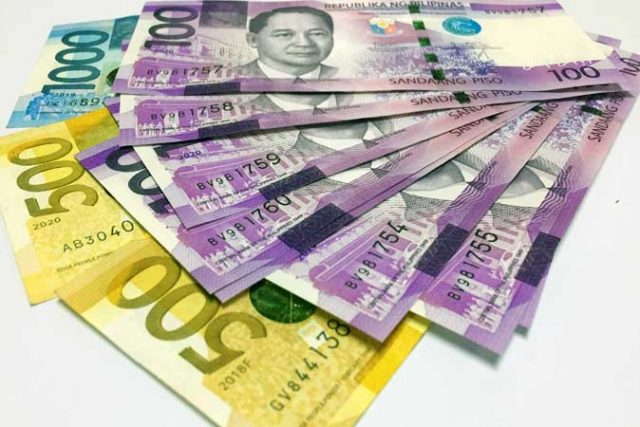Bank lending shrinks 5% in April

LENDING by big banks in April contracted by its fastest pace since 2004, reflecting the impact of the stricter lockdowns on both lenders and borrowers.
Outstanding loans by big banks dropped by 5% to P8.998 trillion in April from P9.474 trillion a year ago, based on preliminary data released by the Bangko Sentral ng Pilipinas (BSP) on Monday.
The April bank lending drop was faster than the 4.5% dip in March, and the fifth straight month of decline.
Before April, the steepest lending contraction was seen in May 2004, when bank lending shrank by 4.6%.
Inclusive of reverse repurchase agreements, outstanding loans extended by big banks fell by 2.9% in April from a 4.3% drop a month earlier.
“Bank lending remained weak as measures to contain the resurgence in COVID-19 (coronavirus disease 2019) cases constrained domestic economic activity and continued to dampen market sentiment,” the central bank said in a statement.
Metro Manila and adjacent provinces Bulacan, Cavite, Laguna, and Rizal were placed under a stricter lockdown from late March to April due to a spike in coronavirus infections.
Bank lending is expected to continue to decline in the coming months, as some lockdown restrictions remain in place, Rizal Commercial Banking Corp. Chief Economist Michael L. Ricafort said.
“This would lead to a significant reduction in economic/business activities that could also lead to lower demand for bank loans/credit in response to reduced business conditions,” he said in a text message.
Loans extended for production activities fell by 3.9%, faster than the 3.2% contraction in March. This, as lending to key industries such as wholesale and retail trade and repair of motor vehicles and motorcycles (-10.2%), manufacturing (-9.8%), and financial and insurance activities (-6.8%) dropped during the month.
On the other hand, bank lending to some sectors increased including those meant for professional, scientific and technical activities (106.9%), real estate activities (2.4%), and human health and social work activities (8.5%).
Consumer loans also slid by 10.2% in April, deeper than the 9.9% decline in March. Motor vehicle loans (-12.9%) saw the steepest fall, followed by credit cards (-9.6%), and salary-based loans (-1%).
Mr. Ricafort said the Financial Institutions Strategic Transfer (FIST) Law could help improve banks’ appetite to extend more credit in the coming months.
“The FIST Law would be an option available to banks to unload/sell some of their (bad loans) and other nonperforming assets from their balance sheets, thereby freeing up more funds and help increase their lending activities,” he said.
Banks have been risk-averse to shield themselves against further pileup in bad loans. In March, the industry’s nonperforming loan (NPL) ratio stood at 4.21%.
LIQUIDITY GROWTH SLOWS
Meanwhile, money supply growth slowed in April. M3 — the broadest measure of liquidity circulating in an economy — expanded by 5.1%, easing from the 8.3% growth in March, the central bank said in a separate statement.
“This largely reflects slower demand for loans,” Mr. Ricafort said.
Domestic claims in April rose by 1.8%, much slower than the 5.6% in March. Net claims on the central government also slowed to a growth of 23.6% against the 47.4% expansion pace in March.
Meanwhile, net foreign assets rose slightly quicker by 18.3% from the 18.1% in the prior month, backed by the rise in the country’s gross international reserves.
“Going forward, the BSP will remain vigilant to ensure that the overall stance of monetary policy is in line with the BSP’s price and financial stability objectives, while continuing to preserve policy support to the National Government’s efforts to combat the economic effects of the COVID-19 health crisis,” the central bank said. — L.W.T.Noble
